If my plants could talk they’d have a long list of requests for Christmas. A lot of people tell me they talk to their plants but I don’t. Hopefully we are in sync without any words spoken by either of us. I do know they have some needs and wants so here are few of what made it to their .
From the fruit trees: All I want for Christmas are my two prunings per year, my two prunings per year, my two prunings per year. Gee, if I could have one each summer and winter, I’d produce lots of fruit each year. And Santa, I’d also like some nitrogen from composted manure or an organic fertilizer in March, then after I’ve set fruit in June and again after harvest. Also don’t forget to water me regularly and deeply during the dry months.
From the California native plants: All I want for Christmas is a place in the landscape. Here in California we are blessed with thousands of plant species, many found nowhere else on Earth, that have evolved with our unique climates, soils and fauna. Renew and rediscover the value we provide to conservation and habitats. Plant some of us to connect you to the land. And remember we need water and pruning, too, just on our own schedule.
From the houseplants: All I want for Christmas is a little light in the winter, not much fertilizer, if any and to dry out a bit between waterings. Also who likes cold drafts from the front door? Dust my leaves occasionally and don’t repot me during the winter and in return I’ll keep your indoor air cleaner and healthier.
From the birds in the garden: Please Santa, send me some berries to eat. I like redtwig dogwood fruits and also elderberries, toyon, wax myrtle, mahonia and coffeeberries. My hummingbird friends would like some flowering currants, manzanita blossoms and any salvias you happen to have in the workshop.
From the perennials: All I want for Christmas is the right growing conditions for me. If I’m a sun lover don’t try to grow me under the trees and if I like it cool and moist put me where I’ll be happy winter and summer. I’ll thrive and bloom and be happy and healthy and you won’t waste valuable time and money. If I could talk I’d also ask for some fresh compost in the spring and a light haircut would be nice, too.
From the spiders among the plants: We’re in all healthy gardens and we’re good for them. As important predators of pests we reduce insect damage on plants. We eat more insects and other invertebrates annually than the weight of all humans combined. All we want for Christmas is a pesticide-free garden so we can do our work.
From me to you: All I want for Christmas is for everyone to have a Happy Holiday.

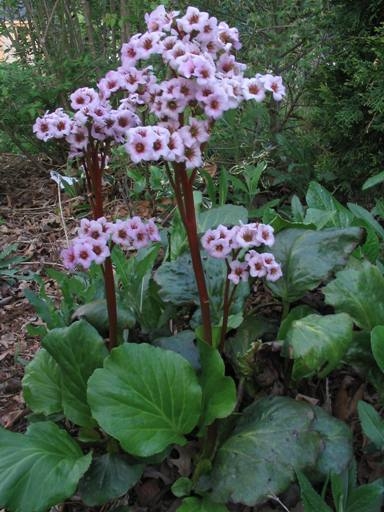 and which aren’t. Be realistic about plants that don’t suit the conditions you have to offer. Replace them with plants that have proven themselves adaptable and well suited to your own garden. Thoughtful editing and repetition are the key to a successful garden. Such self-sufficient plants require far less work, water, fertilizer and pruning.
and which aren’t. Be realistic about plants that don’t suit the conditions you have to offer. Replace them with plants that have proven themselves adaptable and well suited to your own garden. Thoughtful editing and repetition are the key to a successful garden. Such self-sufficient plants require far less work, water, fertilizer and pruning.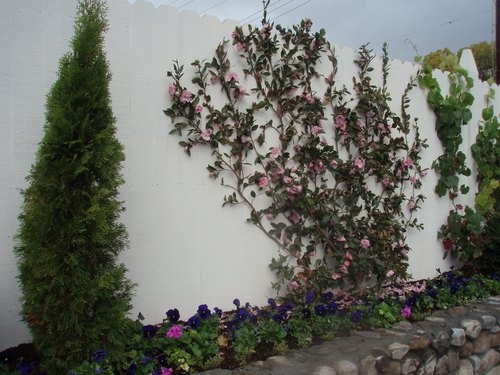
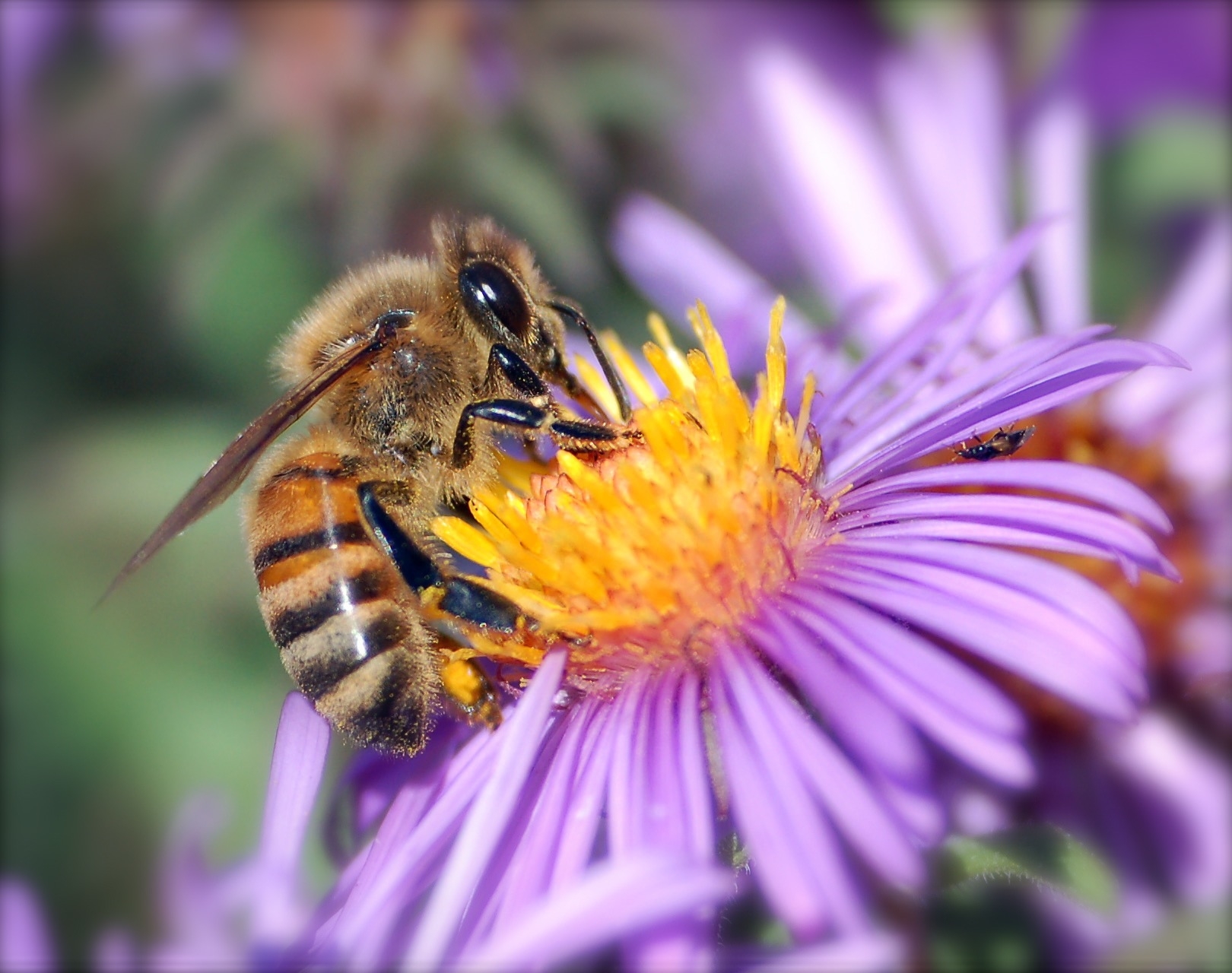 pollinate your plants.
pollinate your plants.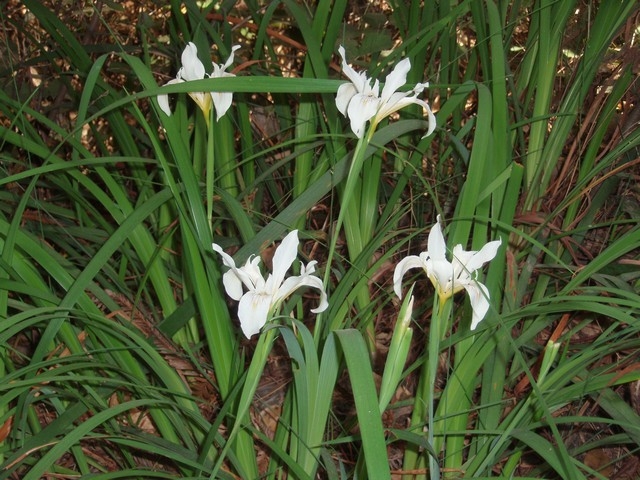
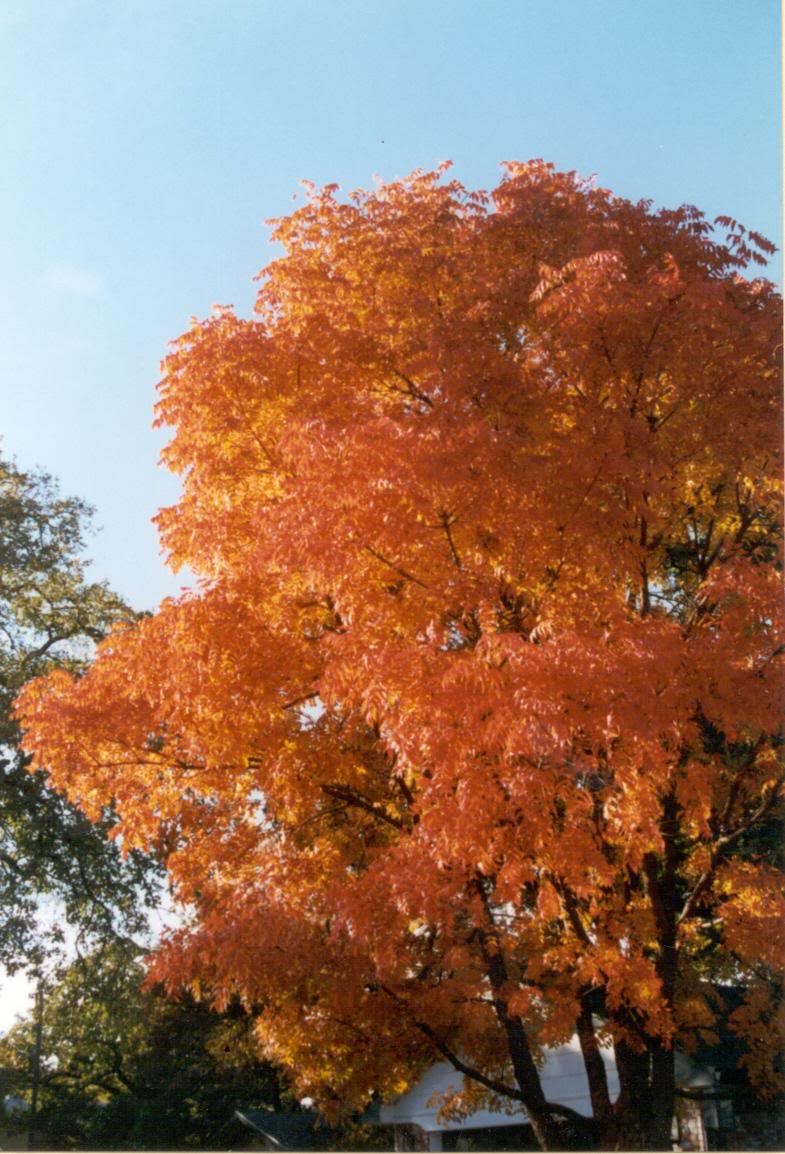 ooler temperatures of autumn cause trees to switch into energy-storage mode, at which point their leaves stop producing chlorophyll. For the few weeks before the leave fall to the ground, they are colored only by their natural pigments. It’s these colors – red and purple anthocyanins, yellow and orange carotenoids – that make fall foliage so glorious. Some years the show is more dramatic than others. The best conditions for intense leaf color to develop are dry sunny days followed by cool ( but not freezing ) nights.
ooler temperatures of autumn cause trees to switch into energy-storage mode, at which point their leaves stop producing chlorophyll. For the few weeks before the leave fall to the ground, they are colored only by their natural pigments. It’s these colors – red and purple anthocyanins, yellow and orange carotenoids – that make fall foliage so glorious. Some years the show is more dramatic than others. The best conditions for intense leaf color to develop are dry sunny days followed by cool ( but not freezing ) nights. 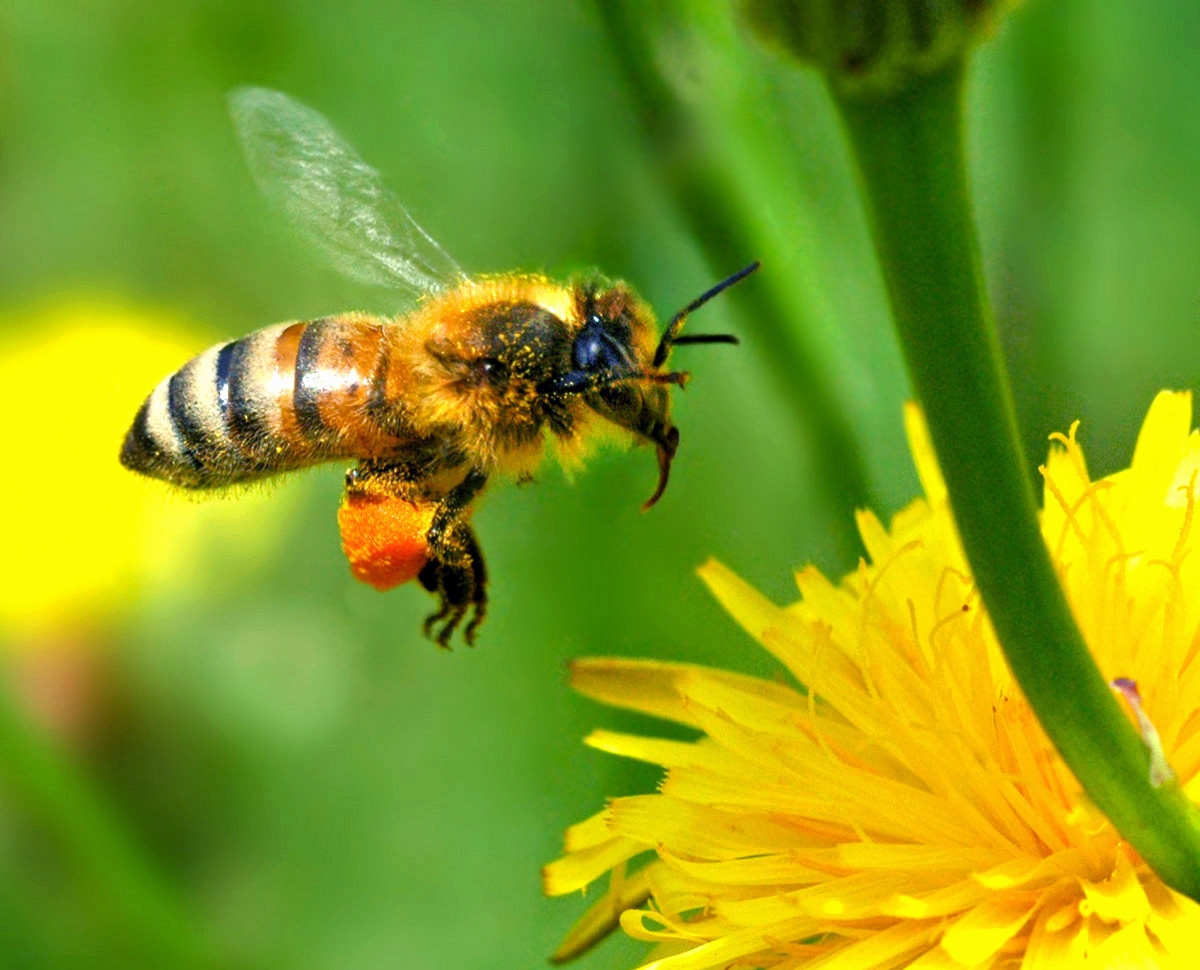 , through the whole growing season. Choose several colors and shapes of flowers, plant flowers in clumps and plant where bees will visit- in sunny spots sheltered from strong winds.
, through the whole growing season. Choose several colors and shapes of flowers, plant flowers in clumps and plant where bees will visit- in sunny spots sheltered from strong winds.